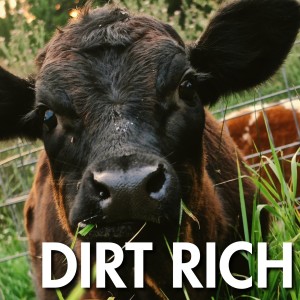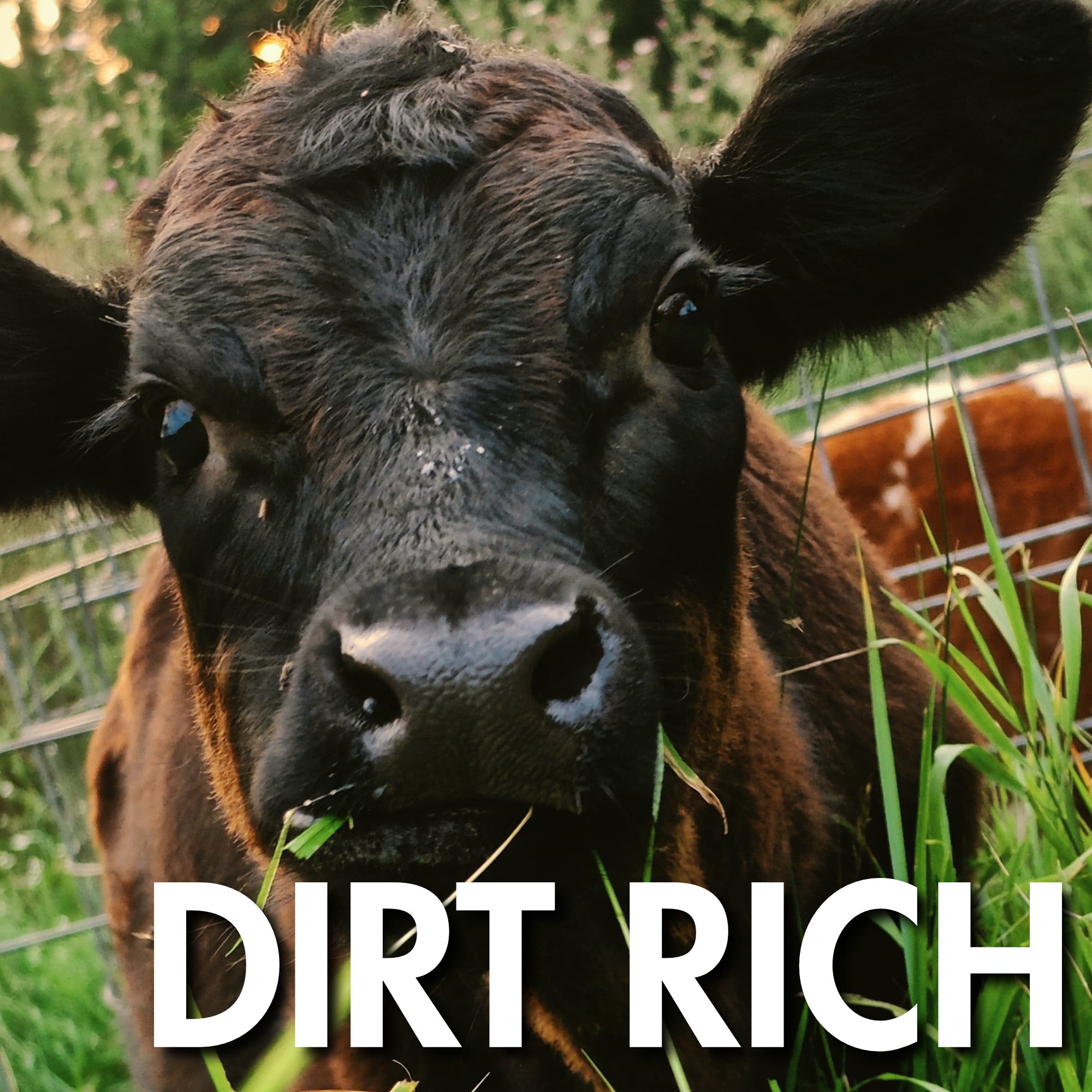Episodes

Wednesday Oct 14, 2020
15: The Value of Pasture Plant Diversity
Wednesday Oct 14, 2020
Wednesday Oct 14, 2020
“We want a vast array of solar collectors out there.” Kent Solberg and Doug Voss are striving to get as much plant diversity in their pastures as possible. The benefits for animal performance, soil microbes, profitability, resiliency, and the function of the ecosystem as a whole are exponential.
Prairielands can have upwards of 150 varieties of plants, with a healthy balance of all three plant functional groups: grasses, forbs, and legumes. A dream pasture! This range of plant life helps stimulate soil microbe populations and mycorrhizal fungi. Mycorrhizal fungi are tied to only certain species of plants, and play an important role in making minerals and nutrients plant-available.
Different plants offer different benefits at different times. Kent says that if given the opportunity, grazing animals will select from 30-75 different plant species for their meal. They are going after the unique phytochemicals that they need, which are produced by a variety of different plant species. Having a diverse array of plants available gives animals the ability to select exactly what they need at that time, and boosts their performance, nutrition, and health. Additionally, better animal performance means more nutrient-dense food for us as eaters. Kent and Doug also note that many issues in the field disappear and there are much fewer vet visits when farmers build pasture plant diversity--saving time and money.
Grazing management is also a key part of encouraging plant diversity. Adjusting rest periods and stock density can produce the results you’re looking for without dropping a lot of money. Proper grazing management can create the environment to tap into the latent seed bank. Kent also describes in the episode how frost (or stomp) seeding, which can be done in the late fall in addition to the spring, and no-till techniques can help expand the diversity of the pasture. Doug notes that grazing is not only instinctive, it is a learned behavior as well. If animals haven’t grazed before, that will need to be factored into the management plan.
Overall, plant diversity builds health and resiliency. As the soil biology flourishes, the soil aggregate makes the land less vulnerable to heavy rainfall events, improves water quality downstream and for your animals, and reduces the risk of nutrient runoff. Being able to select from a wide variety of plants improves animal health, nutrition, and boosts performance, creating more nutrient-dense food and reducing vet visits. Resilient land and animals boosts financial resiliency. The benefits continue to ripple out from what can be relatively simple changes, and Kent & Doug give advice on where to start.
Kent’s Seed Suggestions for Building Plant Diversity:
Timothy
Clovers, particularly red clover
Alfalfa
Adding a new variety of a species that’s already present
Doug Voss, SFA Grazing Lead, Voss Farms
Kent Solberg, SFA Senior Technical Advisor, Seven Pines Farm & Fence
Katie Feterl, SFA Communications Director
The viewpoints of the speakers expressed within or outside of this episode do not necessarily reflect the goals and mission of SFA.
Reach out to Kent, Doug, Katie or any other member of the SFA team here. SFA has a variety of resources on soil health and grazing available on our website.
Suggestions, comments? Drop us a line.
Dirt Rich is produced by the Sustainable Farming Association.


No comments yet. Be the first to say something!